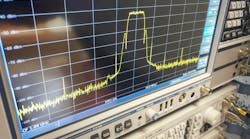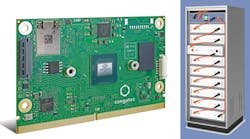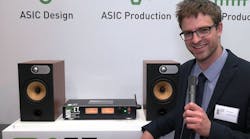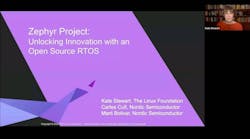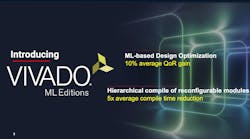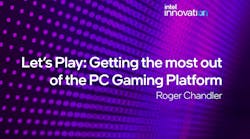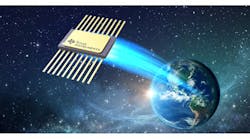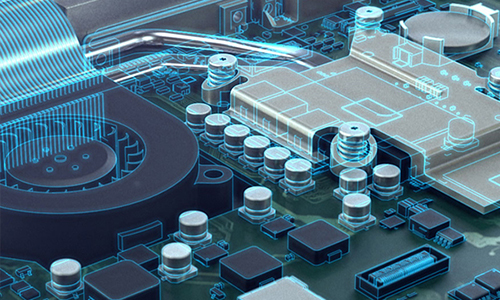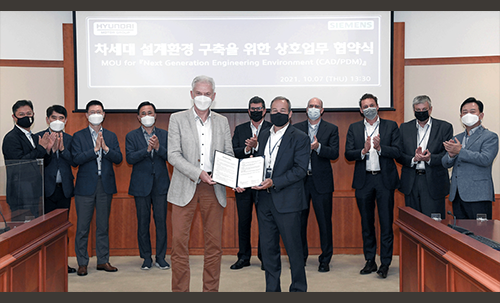Check out moreTechXchange Talksvideos.
Imagination Technologiesis in the GPU business and ray tracing is one of the hottest technologies these days. The company has divided up the implementation of ray tracing into five categories(Fig. 1),targeting the high end as well as delivering it for mobile devices.
In this video (above), I talk with David Harold, Chief Marketing Officer at Imagination Technologies, about ray tracing in mobile devices.
Links
Transcript
Wong:If you're a gamer like me, 3D displays are very interesting and make gameplay a whole lot more interesting as well. It's being used in all sorts of places and ray tracing gives you that realism.
So David, could you tell me, ray tracing is not just one thing, there are all sorts of different levels of ray-tracing implementation.
Harold:Yeah, that's right.
I think we've we sort of got to this point today where people have heard of ray tracing, but they generally just hear that one phrase, ray tracing, being used and maybe they have a sense that it's a thing which improves 3D scenes because it models the physical behavior of light(Fig. 2).
你可以得到更多的现实主义或你可以得到铁道部e efficiency for some of the things that are done in scenes today, like shadows, for example,. But they don't necessarily have a sense that actually there is kind of differentiated grades of what ray tracing is all about(Fig. 3).
We've identified these five levels(Fig. 4)where you've got this sort of stuff that isn't really used and at the bottom, at level one, software is only very retro approach. Then as you go up the levels, you start to see hardware ray testing, inline ray tracing. It's kind of a low-efficiency approach, a little bit like an immediate mode 3D render kind of approach. It gets a job done, but it's not the elegant way to do it.
Somewhere in the middle you've got hardware ray traversal. This is full ray tracing that is reasonably efficient and that is really sort of the more commonplace ray tracing that you see in the market today. This is where Imagination is coming in, this isn't in silicon today, but it is licensed to multiple silicon makers.
You will start to see, probably at some point next year, what we call level-four ray tracing. So there you've got a hardware coherency gathering engine which basically goes looking at all this crazy stuff going on in this scene, light bouncing everywhere. Let's look at this. Find light rays that are traveling in a similar direction. Bundle them together, process them together, and get a much more high-efficiency approach to doing ray tracing.
So that's really sort of the state of the art today and that's what's in our IMG 60 CXT level GPUs. Coming in the future, there will be ray tracing level five.
We've identified what features you would need for that and there you get a full scene hierarchy generator and even more high efficiency for full ray tracing.
Wong:Now, when you're looking at these different levels, are we seeing a different quality in terms of what's being presented? Are we seeing a higher efficiency? What are the differences?
Harold:I mean, we're all about efficiency, so we come at pretty much everything from a will it work in a mobile phone kind of approach. So ultimately, everything is about efficiency and as counterintuitive as it may seem, ray tracing, for all of its complexity, can actually even add power efficiency into a mobile device. That's because there are certain things you can process with ray tracing in a much more efficient way than you can with a traditional reference GPU.
That efficiency bounces onto lots of other markets because pretty much everybody wants to be more efficient about if you're going to put something into a TV or a car or even a data center. Actually, power and efficiency are incredibly important and at that higher-end heat. Nobody wants any more heat generated and they absolutely have to. It's a big problem today.
So, yeah, that's where we're at. That's where we're going.
Wong:Okay. So we have a demo. Could you just describe a little bit about what we will be seeing?
Harold:Yeah, absolutely.
So in this demo, we're working with the Open 3D Engine. This is what used to be Amazon's proprietary engine, which they made open-source and gifted to the community. We've been working with them to create essentially a demo that shows what is ray tracing going to look like in a typical mobile gaming application.
你可以看到很多有趣的特性,objects and moving clouds going over the scene. You see, in extremely nice shadows generated from that lighting, intensity changes where shadows are projected to the environment. So that orange wall gives an orange blush. So too the wall opposite it because there's a reflection and you change the color and you see that a reflection on the opposite wall changing.
Procedurally, everything just flows out of the way the ray tracing works. That's attached to these material changes. As you change a material, you change the properties of a surface. Then the way light interacts with those changes and the way that light then goes on to interact with everything else in the same changes.
So that's what the demo is all about. Really giving people a sense of what am I going to get from this and my games?
There's a lot of quality in mobile and mobile gaming is great. For many people, it's their preferred platform. They do most of their gaming mobile, but what ray tracing adds is that next level of quality, that next level of realism, and that next set of really interesting features that just make it look better.
Wong:Excellent. Well, one of the other things I want to mention is that you're adding a lot of open-source 3D drivers.
Harold:We are. This is something that's been asked for a while.
We've already put out there a Rogue Series GPU. So there's a huge number, I mean, billions and billions of devices with Rogue GPUs. We've also got open-source drivers for our more recent series of the A series and B series. Both have a GPU with an open-source driver now and it's kind of a really fun thing.
We've actually got open-source drivers out there for our very first GPUs from the mid-1990s, the PCX1 and 2. A surprising number of people are calling for those, including from the sort of hobbyist community.
We're really pleased to have got this stuff out. It's all been accepted into the mix, including the Mesa 3D graphics library. It starts a process for ongoing upstream kernel contributions and for people not in Imagination to work with these things.
Wong:Well, excellent. David, thanks for filling us in on Imagination’s 3D ray-tracing support
Harold:My pleasure.






